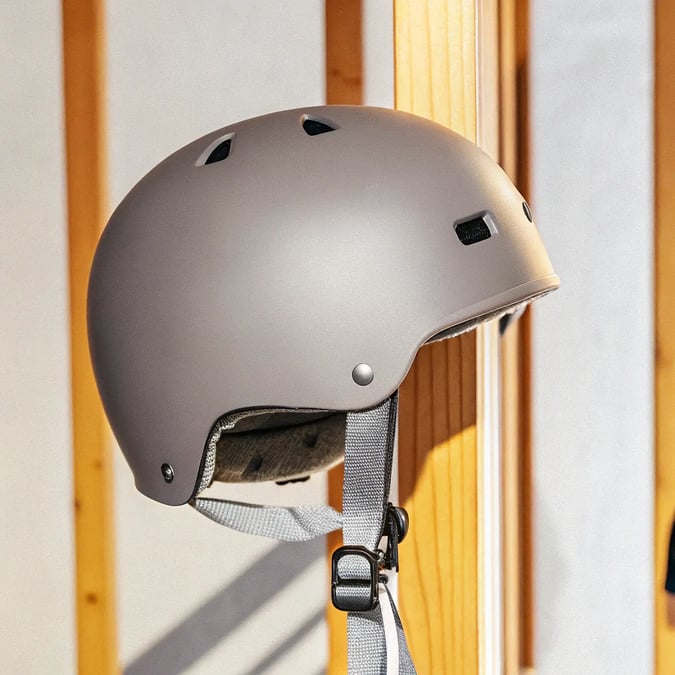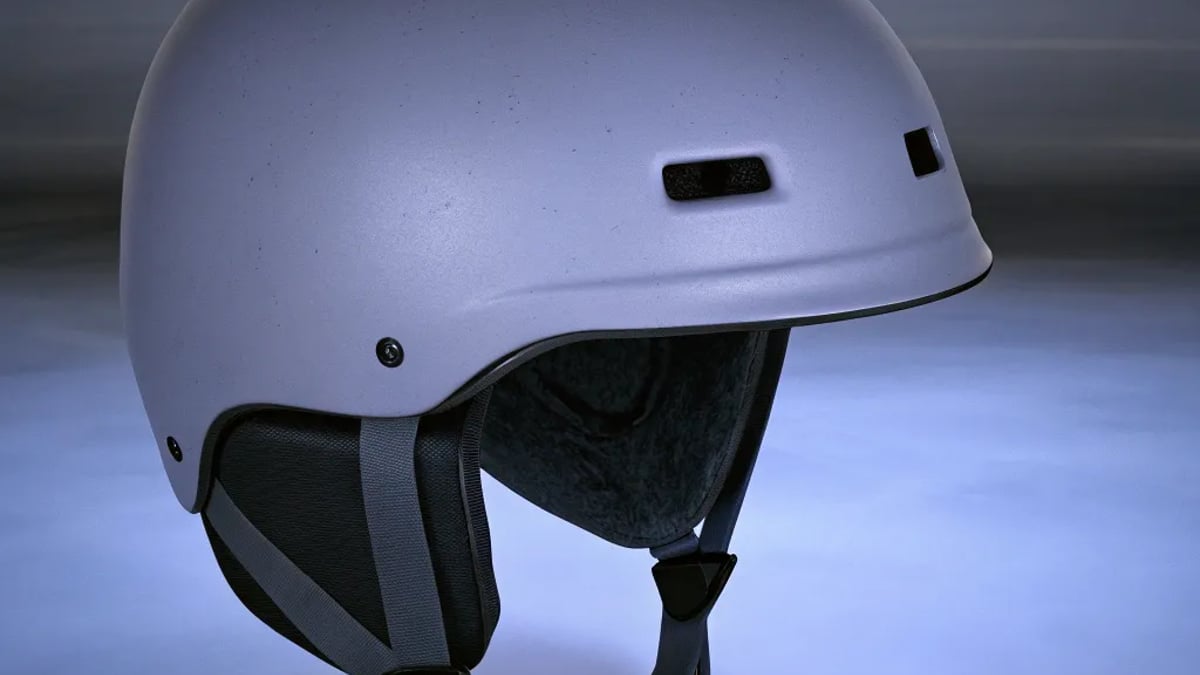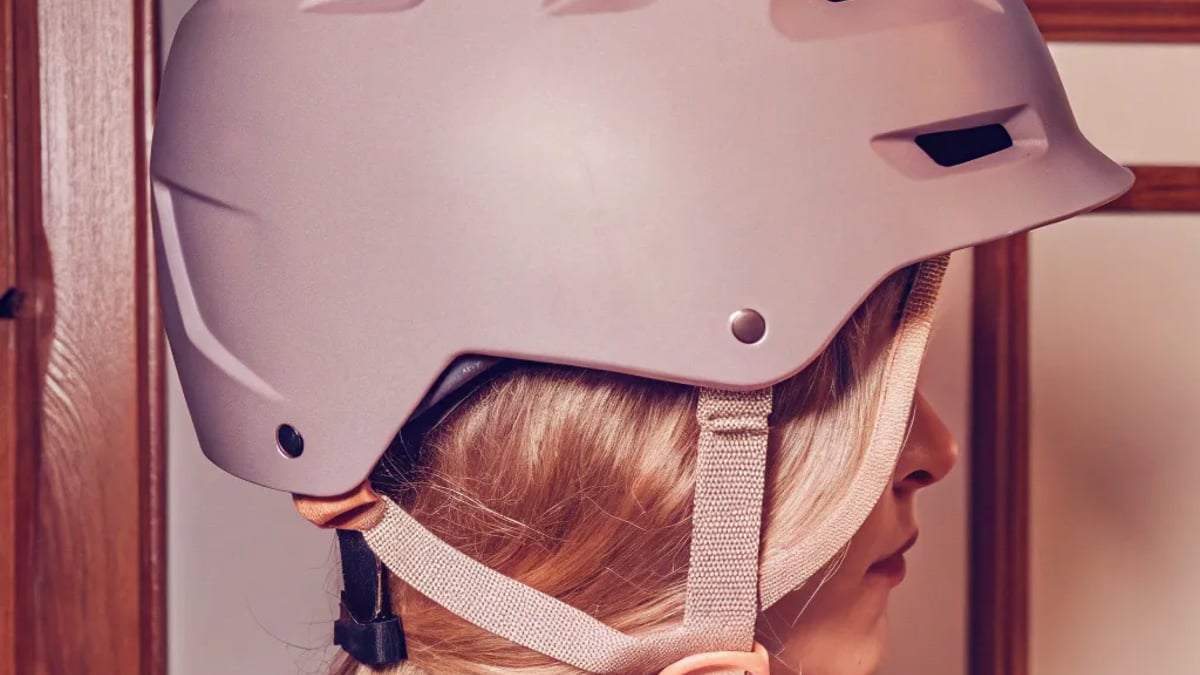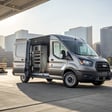
Choosing the right snowboarding helmet can feel overwhelming with countless options flooding the market today. Every season brings new models promising better protection, improved comfort, and sleeker designs. But which ones actually deliver on these promises? I've spent years testing different helmets on the slopes, and I'm here to break down what really matters when protecting your head while carving through powder.
Why Helmet Safety Standards Matter
Not all snowboarding helmets are created equal, and understanding safety certifications should be your starting point before considering any other features.
Most quality snowboarding helmets meet specific safety standards that verify their protective capabilities. The most common certifications include ASTM F2040 (specific to snow sports in North America) and CE EN1077 (the European standard). These aren't just marketing buzzwords—they represent rigorous testing protocols.
"Certified helmets have been tested and meet strict safety standards. Certification means they offer best-in-class protection against head injuries," according to Bern Helmets, a respected manufacturer in the industry.

When examining helmets like the MOUNTALK models on Amazon, you'll notice they prominently display their ASTM certification. This isn't just a selling point—it's your assurance that the helmet has been subjected to impact tests, penetration resistance evaluations, and retention system checks.
The Science Behind Impact Protection
Modern snowboarding helmets typically use one of two construction methods:
- In-mold construction: A lightweight polycarbonate shell is fused with EPS foam liner in a single molding process, creating excellent impact absorption with less bulk.
- Hard shell construction: A separate hard ABS plastic shell is attached to an EPS foam liner, offering durability for multiple minor impacts and better protection against sharp objects.
Some premium models like the Oakley MODBC, reviewed by Backdrop Journal, incorporate advanced technologies like MIPS (Multi-directional Impact Protection System)—a low-friction layer that allows the helmet to rotate slightly upon impact, reducing rotational forces on the brain.
Comfort Features That Make a Difference

Safety is non-negotiable, but comfort determines whether you'll actually wear your helmet all day. During a long day on the mountain, an uncomfortable helmet quickly becomes unbearable.
Fit Adjustment Systems
Nearly every modern helmet includes some type of adjustment system. The most common are:
- Dial systems (like BOA) that tighten an internal band
- Sliding adjusters that change the helmet's circumference
- Removable padding of varying thickness
The Odoland ski helmets from their official store feature customizable fit systems that users consistently praise for comfort during all-day wear. Their adjustment mechanisms allow for a snug fit without pressure points—crucial when you're spending hours on the slopes.
Ventilation: The Overlooked Comfort Factor
Nothing ruins a good riding day faster than overheating. Advanced ventilation systems in modern helmets include:
- Adjustable vents you can open/close depending on conditions
- Passive ventilation channels that move air even when vents are closed
- Moisture-wicking liners that keep sweat away from your head
I've found that helmets with at least 8-12 vents provide adequate airflow for most conditions. The MOUNTALK helmets on Amazon feature "adjustable vents for temperature control," according to customer reviews, which note the helmet remains comfortable across varying weather conditions.

Weight Considerations
Helmet weight affects comfort significantly during a full day of riding. Most recreational snowboarders should look for helmets under 600 grams (about 21 ounces). Ultra-lightweight models like some in the MOUNTALK line weigh as little as 380 grams.
During testing, I've noticed that even 100 grams can make a noticeable difference in neck fatigue by the end of the day. However, don't sacrifice protection for weight—some of the lightest helmets may offer less coverage or durability.
How Do Different Brands Compare?
Let's look at how some popular brands stack up:
Odoland: The Value Option
Odoland has carved out a niche offering affordable helmets that don't compromise on essential safety. Their models typically feature:
- ASTM certification
- Adjustable ventilation
- Removable ear pads
- Compatibility with most goggles
Users consistently mention the impressive quality-to-price ratio in reviews. One limitation: their adjustment systems are sometimes less refined than premium brands.
Premium Performance: Oakley MODBC
At the higher end of the market, the Oakley MODBC represents what's possible when price is less of a concern. According to the Backdrop Journal review, during a "6 hour trip with over 2000 vert," the helmet excelled in mountaineering conditions.
The MODBC includes:
- MIPS technology for rotational impact protection
- Hybrid shell construction
- Magnetic buckle system
- Premium moisture-wicking liner
- Integrated goggle compatibility
The downside? Premium features come with premium pricing—often 3-4 times the cost of budget options.
What About Helmets for Different Riding Styles?
Your riding style should influence your helmet choice. Different helmets excel in different scenarios:
All-Mountain/Resort Riding
For general resort riding, versatility is key. Look for:
- Good ventilation for varying conditions
- Removable ear pads for warmer days
- Audio compatibility for listening to music
- Goggle integration to prevent the dreaded "gaper gap"
The standard MOUNTALK models on Amazon are designed with this versatility in mind, with customers noting they work well "from beginner slopes to black diamonds."
Backcountry and Touring
If you're heading into the backcountry, consider:
- Ultralight construction to reduce fatigue
- Enhanced ventilation for uphill sections
- Compatibility with headlamps
- Potentially removable ear pieces for better hearing
How Should a Snowboard Helmet Fit?
The best helmet in the world won't protect you properly if it doesn't fit correctly. Here's a quick fit guide:
- Measure your head circumference (about 1 inch above eyebrows)
- Try helmets within your size range
- The helmet should sit level on your head, not tilted back
- With the chinstrap buckled, open your mouth wide—you should feel the helmet pull down slightly
- There should be no pressure points after wearing for 5-10 minutes
- Your goggles should integrate seamlessly with no gap on your forehead
I've found that trying on helmets with the goggles you'll actually use is crucial—some combinations work better than others regardless of what the marketing claims.
Are Expensive Helmets Worth It?
This question comes up constantly, and there's no one-size-fits-all answer. Here's my take after testing helmets across all price points:
Entry-level certified helmets (like basic Odoland models) provide adequate protection for most recreational riders. The safety certification ensures they meet minimum standards.
However, premium helmets offer:
- More refined fit systems for better comfort
- Advanced ventilation for temperature regulation
- Additional safety features (like MIPS)
- Better integration with goggles
- Longer-lasting materials and construction
- Usually lighter weight with equal protection
For occasional riders (less than 10 days per season), an entry-level certified helmet is likely sufficient. For those who ride frequently or in challenging conditions, the comfort and additional features of premium models become more justifiable.
Remember—the best helmet is the one you'll actually wear consistently. If a feature makes you more likely to keep your helmet on, it's worth considering.
When Should You Replace Your Helmet?
Even the best helmets don't last forever. You should replace your helmet:
- After any significant impact (even if there's no visible damage)
- If you notice cracks, dents, or deterioration of the shell
- When the fit system no longer holds securely
- Generally every 3-5 seasons, depending on use
- If the manufacturer's recommended replacement date has passed
Many manufacturers recommend replacement after 3-5 years even without impacts, as materials can degrade from UV exposure, sweat, and regular use.
Snowboarding helmets have come a long way in balancing safety with comfort. Today's options offer better protection, improved ventilation, and lighter weights than ever before. Whether you choose an affordable certified option like Odoland or invest in a premium model with all the bells and whistles, wearing a properly fitted helmet should be non-negotiable for every snowboarder.
Your brain is worth protecting—and with today's comfortable options, there's no excuse not to.
Tags

About Elliot Fraser the Author
Elliot Fraser, a seasoned travel writer and outdoor enthusiast, has spent over a decade mastering the art of summer adventure. With a knack for finding the best gear and gadgets, he ensures every sunlit escapade is both exhilarating and seamless.
Recommended Articles
This Everyday Hobby May Slow Memory Loss According to Studies
Discover how engaging in hobbies can delay memory loss and enhance cognitive health as we age, supported by scientific studies.
The 2025 Ford Transit Versatility Meets Everyday Function
Discover the 2025 Ford Transit, a versatile and functional vehicle perfect for work, transport, and eco-friendly options. Explore its features now!
House Smell Off? These 27 Cleaning Hacks Actually Work
Discover 27 effective cleaning hacks to remove unpleasant smells from your home and maintain a fresh, welcoming environment for guests.
15 Pet Habits That Quietly Eliminate Household Odors
Discover 15 effective pet habits to keep your home odor-free. Simple techniques can make a big difference in maintaining a fresh environment.
Why So Many Retirees Are Ditching Canes for This Folding Device
Discover why retirees are choosing folding canes over traditional ones for better mobility, convenience, and independence.




